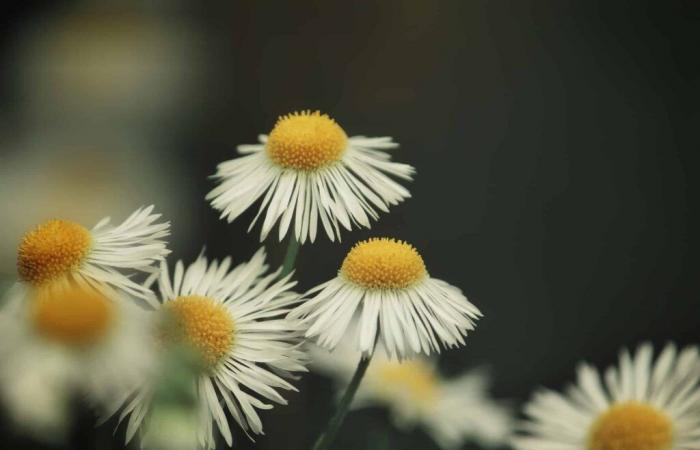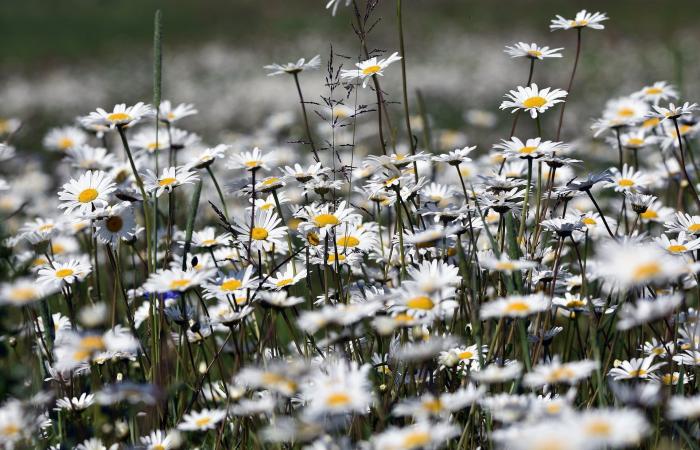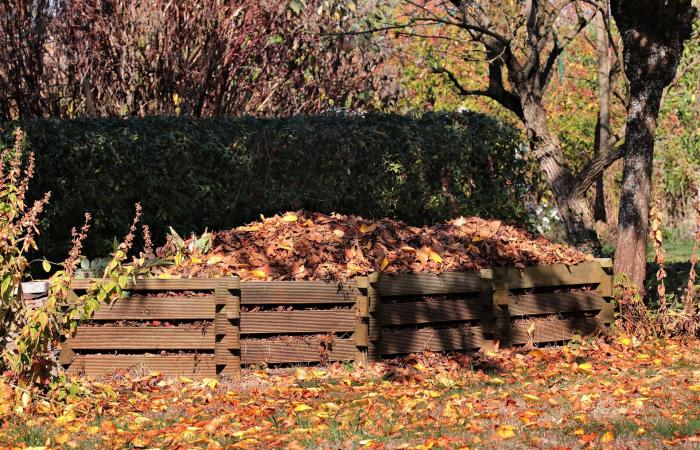Have you ever suffered plant loss due to frost? If so, you know how frustrating and costly it can be. Fortunately, there is a natural solution that could be a game-changer for your garden. In this article, we will explore in detail how a particular plant can provide effective frost protection in your garden.
The amazing matricaria chamomile
The chamomile is not only known for its medicinal properties. Indeed, this incredible plant also has characteristics that can protect your other plants from the winter cold. But how exactly does it work? You will soon discover the secrets behind this natural wonder.
You may be wondering why your heating uses so much energy? You are not alone. Many find themselves with high heating bills without understanding the real reasons…Read more
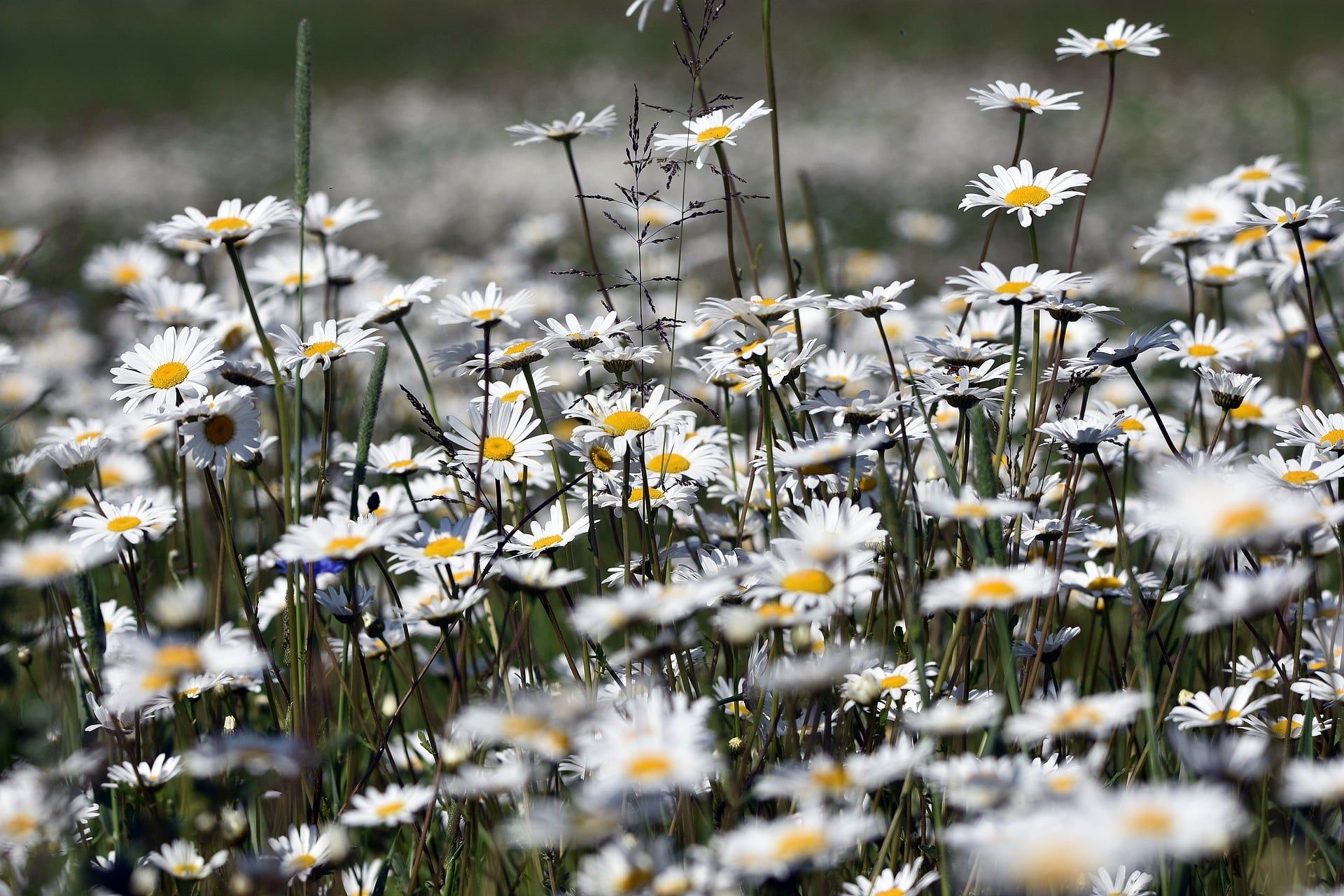

A natural barrier against frost
When it comes to protecting your garden from frost, chamomile acts as a natural barrier. Its insulating properties make it possible to maintain a higher temperature around it and thus protect neighboring plants. This process is often accompanied by the process of raising the containers, thus increasing the protective effect.
By planting chamomile around your frost-sensitive crops, you can create a milder microclimate. The dry leaves of chamomile also help retain heat and provide an extra layer of winter protection.
Successful use of chamomile
To fully reap the benefits of chamomile, it is essential to know how to use it correctly. Here are some practical tips:
- Plant chamomile in circles or lines around the areas you want to protect.
- Make sure to provide it with good drainage, as it hates having its roots too wet during the winter.
- Cover it with a protective cover or a winter veil if the frost becomes very intense.
Other complementary methods to protect your plants
Although chamomile is incredibly effective, It’s always good to have a few extra methods in your arsenal to protect your garden from frost. Some simple techniques can be extremely useful.
The winter veil
And winter sail is a light but effective fabric to protect your plants from the rigors of winter. The veil allows the passage of water while providing protection against freezing. By covering your plants with this breathable material, you provide a barrier against low temperatures.
This method is especially useful for potted plants, which are more susceptible to freezing due to their low soil volume. Just make sure the sail is secure to prevent it from being blown away by the wind.
Covers and plastic films
Another method is to use plastic filmslike plastic bubble wrap, to wrap your plants. These materials create an insulating layer of air that effectively protects against freezing. However, be sure to allow enough ventilation to avoid excessive condensation.
You can also opt for more natural solutions like dry leaf mulchwhich not only protects against the cold but also enriches the soil when the leaves decompose.
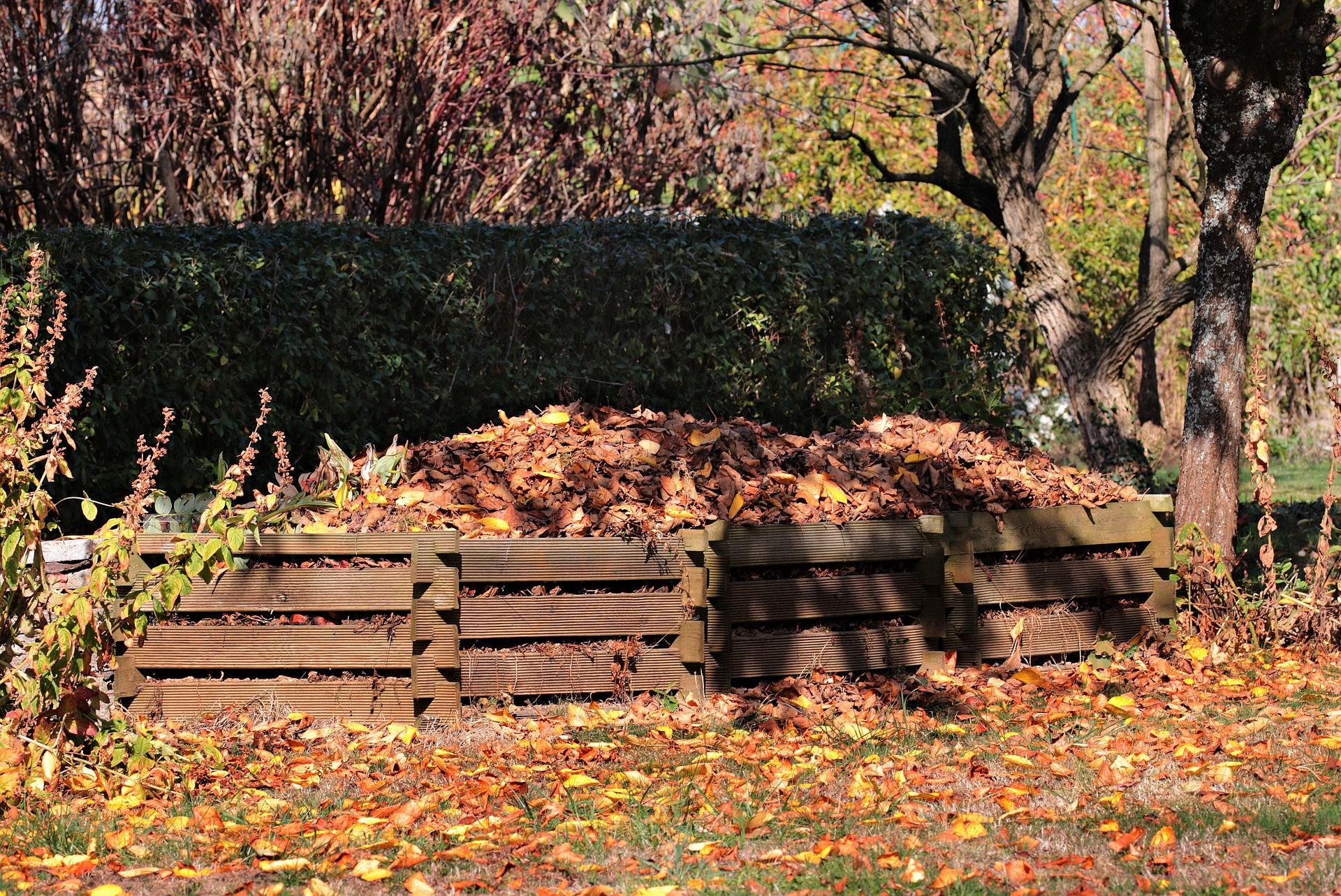

Practical tips for maximizing winter protection
Finally, to maximize the effectiveness of frost protection, here are some additional tips that have proven to work.
Gardener’s tips
Consider raising your pots slightly to prevent the roots from coming into direct contact with the frozen soil. Use small blocks of wood or bricks to raise containers.
Don’t forget to check your plants regularly during the winter. Adapt your methods according to changing weather conditions. A straw hat can also be used to cover certain fragile plants and provide additional insulation.
Combination of technique
Combining several techniques can often yield better results. For example, you could use a non-woven sheet under which you place a layer of leaf mulch, creating a double barrier against frost. Be inventive and see what works best in your own garden!
Good maintenance and a judicious choice of plants compatible with the local climate also play a crucial role. Consider chamomile not only as an ornamental or medicinal plant but also as a guardian soldier of your flowerbeds.

